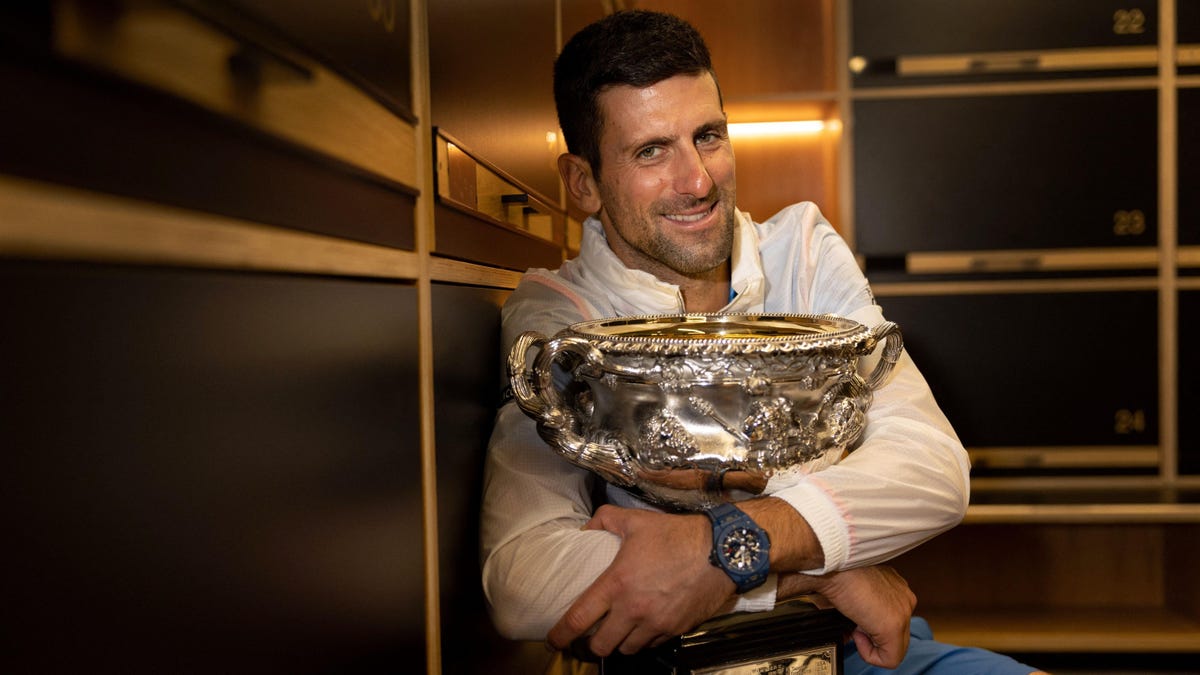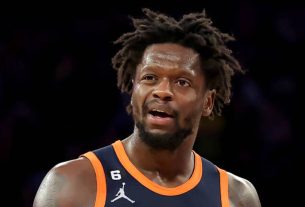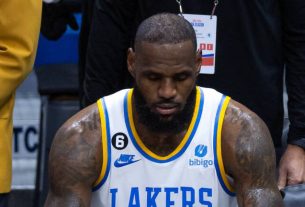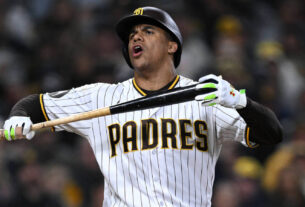Once you claim a trophy double-digit times, the tournament is yours. So if the French Open is the Nadal Open, then the Australian Open is now the Djokovic Open. Djoker didn’t so much ease to a straight-sets win over Stefanos Tsitsipas in the final, two sets went to a tiebreak, so much as he simply marched to it. Which is “easing” for Djokovic.
Perhaps what’s so amazing about Djokovic, if not a touch rote, is that the story remains the same. He plays cleaner than the guy across from him, no matter how clean his opponent plays. Tsitsipas didn’t play badly, coming up with 40 winners, four more than the champion and new world No. 1. But he made 20 more unforced errors than Djokovic, and that’s kind of always the story. Djokovic continues to waylay groundstrokes within a couple feet of the baseline, and either his opponent has to back up and get pushed right off the court or come up with some amazing timing to try and stay on top of the baseline. It was Tsitsipas’s forehand that broke down eventually, with 27 of his unforced errors coming off that wing.
So what do you do? With Djokovic’s consistency simply metronomic, a player either has to grind it out with the best grinder ever to play the game. Or try and outlast maybe the fittest athlete on the planet. Or play such red-line tennis and go for everything at a rate and pace that simply no one can reach.
It should be said that Djokovic throughout the tournament boosted his serve to give himself more breathers than he might normally see. He was only broken once in the final, and only faced three break points total. He won 82 percent of the points on his first serve, which was the story for most of the tournament. In his quarterfinal destruction of Andrey Rublev he was never broken, had 14 aces, and won 80 percent of his first serve points. It is unquestionably the part of his game that has come the farthest since he came on the scene, and keeps getting better as Djokovic ages and needs more free points than he did before.
It’s Djokovic’s 22nd major, tying him with Rafa Nadal at the top of Olympus, and finely positioning each for Roland Garros to take the all-time lead, a tourney where they’ve won 16 of the last 18 editions. Maybe there isn’t as much flare to Djokovic’s game as others, but its ruthless and never-ending regularity is truly worthy of awe. It’s as if the Tim Duncan San Antonio Spurs rattled off 12 titles in a row or something. Whatever it lacks in fire it more than makes up for in bloody-mindedness and unyielding momentum. Though Djokovic showed some physical vulnerability early in the tournament, a hamstring issue became less and less of one as the tournament rolled on. Until his body starts balking, or governmental policy keeps him away, it’s hard to see when Djokovic will stop just being there.
G/O Media may get a commission

Up to 40% off
Samsung Smart TVs
Vivid colors and deep blacks
It’s Oscar season which means it’s time to binge all the nominations before the big day. Why not enjoy these pieces of art on a new TV from our friends at Samsung?
Girl Power
In Saturday’s women’s final, they say styles make matchups. Generally, that refers to contrasting ways of going about a game/fight that make for intriguing tactical puzzles. Or you can get what Elena Rybakina and Aryna Sabalenka provided, two players with huge serves and big-time weapons off the ground simply firing off cannonballs at each other. That’s what fans got, with three sets of some of the hardest hitting you’ll see, with Sabalenka surviving in three sets, 4-6 6-3 6-4.
Both players are stronger on their backhand, Rybakina’s shoulder-turn on that side is pretty much picturesque, but it was Sabalanka who managed to find her range from that side more. And she was just a little better in every area, with slightly more forehand winners, a few more aces, and getting just a few more of her first-serves in. Rybakina’s serve had bamboozled a string of Grand Slam champions or top players on her way to the final (Swiatek, Gauff, Ostapenko) but she couldn’t quite get it as zeroed in against Sabalenka, getting less than 60 percent of them in.
Allowing Sabalenka into more points allowed her to show off her power more and more, and pick at Rybakina’s forehand, which the latter has a tendency to guide instead of lash.
Sabalenka is a great story too, as a year ago her serve had become such a disaster she was reduced to going underhand. But she spent the season rebuilding it, and now it matches the rest of her fireworks game, and she’s got her first Grand Slam as a result.



